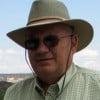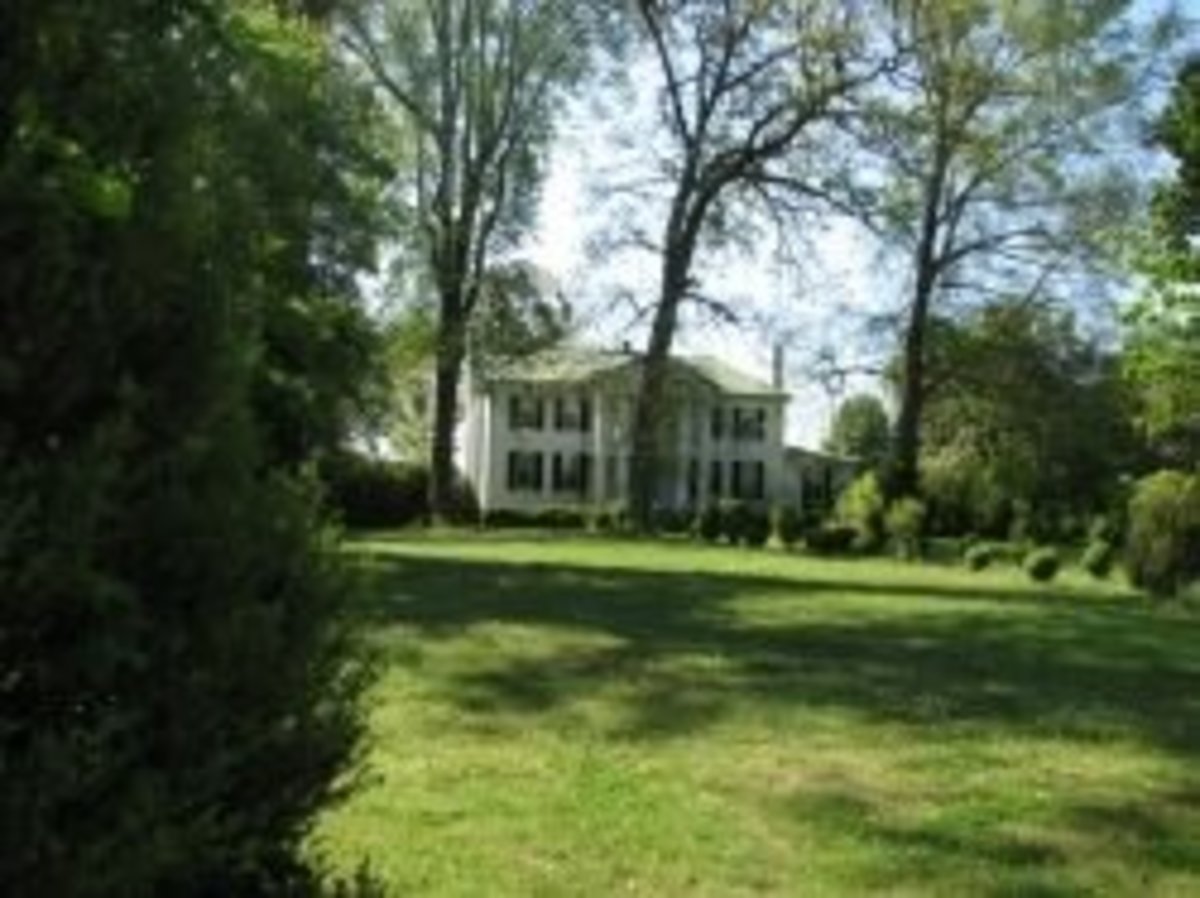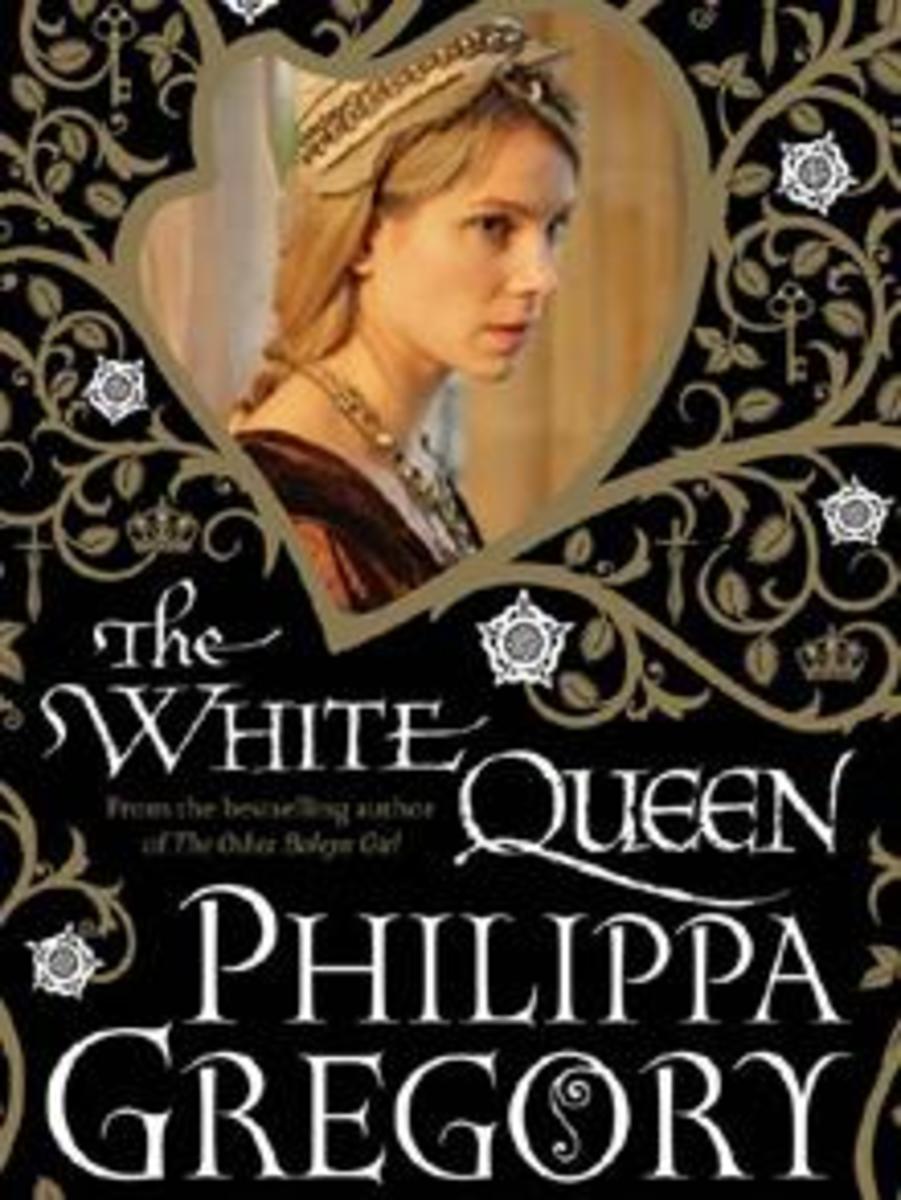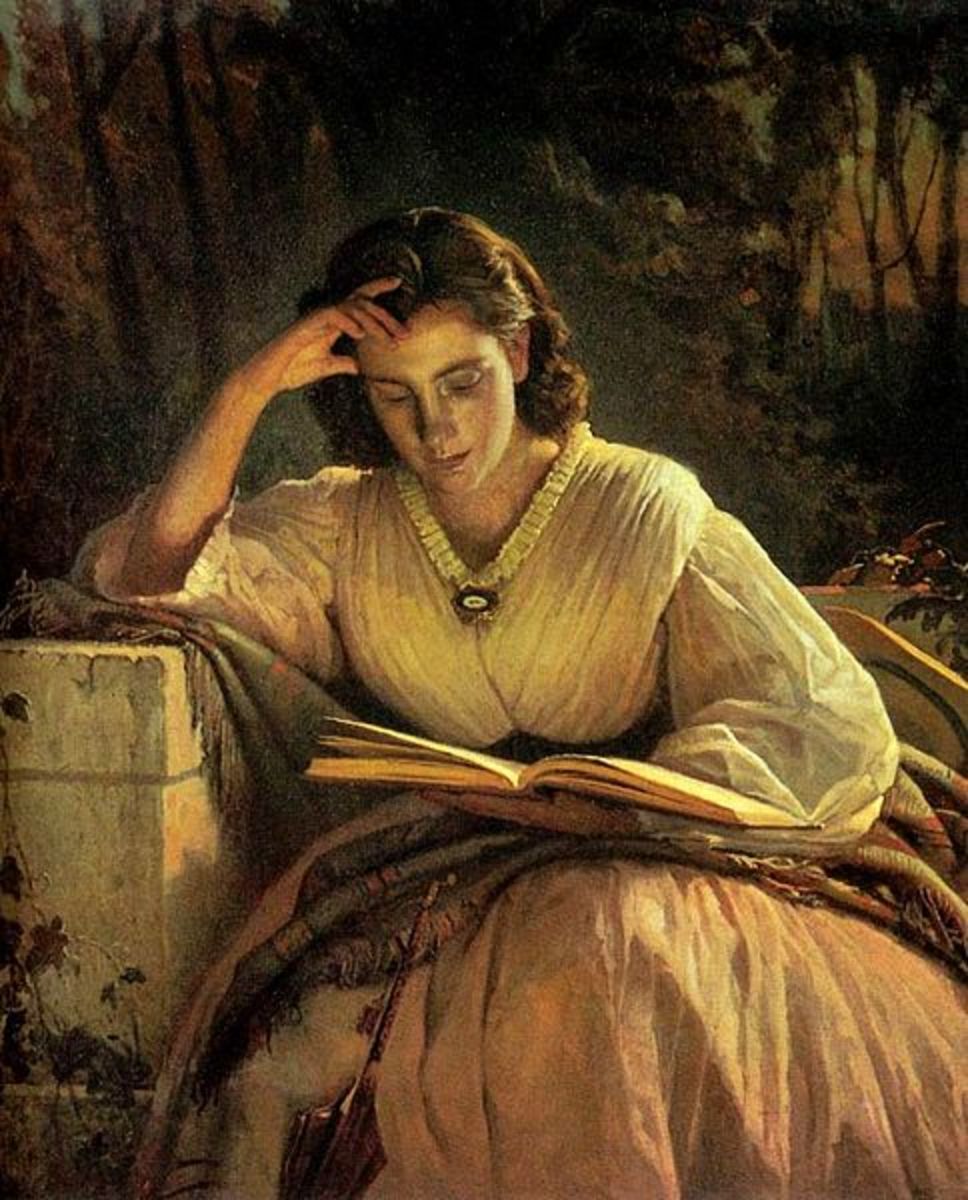Weston Wagons West - Ep. J2 - James Weston Grew his Business Interests and his Family in Colonial Maryland
A Ship arrive in Colonial Maryland from England
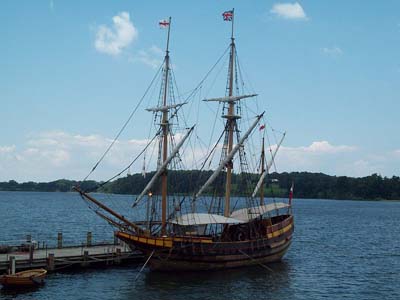
James Weston in Maryland in 1641
James Weston and his party in 1640 Maryland had a busy first year and all survived, so he considered it a success. The house they had built in the weeks following their arrival on the land north of St. Mary's City was serving all five of them well, for the time being. The garden had been well established by the fall, and was growing well the next summer when time arrived for the ship to arrive in St. Mary's City with James' older sister, Sarah, and her husband, Josiah Barnes. The three mares had bred successfully, so there were three colts frolicking in the small pasture. The first ten acres of crop land had been cleared during the summer of 1640, and a second similar plot had been cleared for a tobacco crop this year. During the year, from time to time, working with the Cole brothers, across the road, James and his crew had succeeded in clearing and improving the path, now a rough road, back to St. Mary's City, sufficiently to traverse with a wagon. The men had recently completed the second wagon, one for Weston and one sold to the Coles. James and Hiram had brought the wagon into St. Mary's City when they had received word that the ship they had been awaiting had arrived.
As the passengers disembarked, James was pleased when he spotted his sister, Sarah, her husband, Josiah, and their two young sons, Jasper and Norman. But, he was shocked to see, walking behind them, Josiah's younger sister, Katy. James had been passionately in love with Katy Barnes, several years earlier, but she had married another. James had really never even courted another woman since, instead, concentrating solely on his career.
James hugged his sister and shook the hand of his brother-in- law firmly. Josiah turned to introduce his sister, "And I'm sure you remember my sister, Katy, now the widow Cane." James kept his emotions in check, smiled, bowed to her, and replied, "Of course I remember. How nice to see you here in Maryland, Mrs. Cane. I am so sorry to hear of your loss." She curtsied and said in return, "It is nice to see you, Mr. Weston. It is especially nice to be on your solid ground here, in Maryland, after a long sea voyage."
James nodded, and turned back to Josiah and his sister. "I've arranged for you all to stay here in town for a few days, while you get your affairs arranged. That is common practice." James looked at Josiah as he spoke. "As soon as you have those things taken care of, we can proceed out to our plantation for a week or so, at least, before you all proceed to your new home."
"A good plan, James." Josiah replied, "It is great to have you here to greet us."
It turned out that Josiah was entitled to a 700 acre land grant, with three adults, two children, and three servants. It was located about 5 miles northwest of the location of James' plantation. James had named his plantation, "Weston Ridge" which was descriptive of the land. It sat along the ridge, with the north-south road following the ridge. That ridge, a few miles inland and running parallel to the western edge of the Patuxent River, continued to the northwest and would be very close to Josiah's land. The additional influx of immigrants had continued to fill in the land on either side of the road, so it was already capable of handling a wagon.
They discussed the fact that 1641 was the last year for the 100 acres per adult head-right. Starting in 1642, the allocation would only be a 50 acres head-right per adult. Josiah indicated that was definitely a factor in their decision to come this year. Josiah was to be a planter, so would be looking for additional labor. James mentioned that there might be an auction for additional contracts, or, there may not be. Is just depended on the mix of passengers on this ship.
Josiah was able to purchase the contracts of three young, able men. Several days later, the whole party moved on out of town to stay for a while at Weston Ridge. Josiah had brought four of his own horses, four more of James' horses, and two cows. They made quite a procession down the road. After an overnight at the plantation, several of the men went on to Josiah's new plantation to get right to work on providing shelter there as well as to begin clearing ground for agricultural activities. The women and children stayed at Weston Ridge. They were especially happy to do so when they met Jane and Bruces's daughter, Bonnie, who was now nearly five months old, and full of life.
Video of reconstructed ship in St. Mary's harbor
Colonial Maryland began in 1634
James built a new home for his family
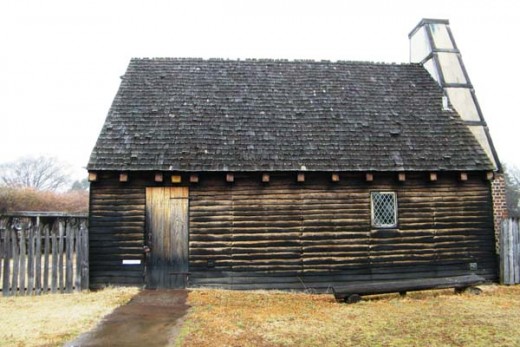
Courtship and Marriage
The hectic pace of life continued for the next couple of years at both Weston Ridge and at "Far View," the name Josiah and Sarah gave to their plantation. They built their home on a knoll along the ridge from which they had a view to the east across the Patuxent River, a few miles away. Josiah and his men had cleared five fields for raising tobacco and his horse herd had grown, as expected.
In addition to building a growing farrier practice, James and his men had started a modest freight business that ran two days a week into St. Mary's City, and, two days a week up and down their north-south road as far as it went north. As new people continued to arrive, that distance increased as the road was improved. In addition to the pick-up and delivery services that grew slowly over the months, Hiram, or whomever was the driver, carried small wooden items from the wood shop for sale and took orders for future delivery as well. This business, too, grew slowly but steadily as cash crops became successful for more settlers.
James drove the freight wagon himself, or rode along, at least once a week, especially to the north, and managed to visit Far View regularly. These visits included courting widow Katy Cane, until the spring of 1643 when he proposed and she accepted the proposal. They were married in June by which time he had built a new home for them on the north portion of the Weston Ridge plantation. In the summer of 1643, their first child, a daughter, named Anne, joined their family.
When will James get his first son?
Which birth order will James have to wait for a first son?
Horses in the Colonies
Servants become Partners; Businesses Flourish
By the summer of 1647 James Weston had expanded his Weston Ridge plantation, through trade and purchase, by 500 acres to the east and north, toward the Patuxent River. He had five aspects to his business enterprises that continued to expand, slowly but surely. Each year, he had purchased at least one additional indenture contract of young men newly arrived at St. Mary's City. For each, he had identified their skills and interests and used them in the area where they would be most dedicated and productive.
As the indenture obligations of Bruce, as well as of Gerald and Hiram came to an end, in addition to being able to provide them with the obligated 50 acres, tools and provisions, James had arranged for them each to become a partner in one of the businesses they had helped develop. Bruce became a full partner with James in the manufacture of wood products, including both furniture and wagons and carriages as needed. Gerald had worked the fields as well as working in the wood shop, so became a full partner in the operation of the agricultural pursuits (while James retained ownership interest in his land). Hiram became a full partner with James in the Weston Freight Line business and continued to earn commissions on sales of other products.
James had continued modest growth of his farrier business, and had identified two of his new young men who had become an apprentice blacksmith and an apprentice farrier, as well. He had also identified another young man, Dillon, who was now working full-time with the horse breeding operation. This horse breeding, training and sales operation was among the most profitable of the five.
At home, he and Katy had been joined by a second daughter, Evelyn, in 1645, and third child was expected in the fall of 1647. James and Katy were well accepted in their social circles. James had continued to build business and social relationships throughout the county. But, he had been careful to avoid political and religious entanglements which he perceived to be dangerous to his personal and business interests rather than helpful.
James continued to grow his horse herd
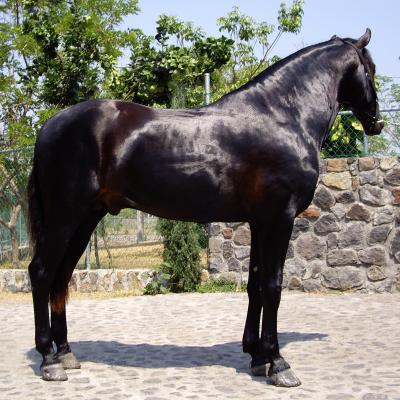
The Back Roads of Maryland
A new decade brings new connections and new perils
In Maryland, 1649 is remembered as the year the Maryland Assembly passed the Act of Toleration, providing religious toleration for the colony. This act confirmed the founding principles of the 1st Lord Baltimore and his successors. For James Weston, as 1649 turned into 1650 and 1651, acquaintances he was making through this horse trading operations and his freight line business were accumulating which would have positive benefits for his family for many years to come. These included Captain John Boage, Thomas Letchworth, Thomas Truman and others.
Also in 1650, in July, James and his wife, Katy, were blessed with their first son, Keith, who joined his three older sisters, Anne, Evelyn, and Hazel, at Weston Ridge. James felt a great sense of relief that he finally had a male heir, which was so important to all members of the planter class in Maryland. He had great plans for his son.
[Historical note: Captain John Boage, Thomas Letchworth, and Thomas Truman are actual historical figures but we will be seeing them in future episodes of this series used fictitiously. They each played key roles in the life of Richard Brightwell, the 7th great-grandfather of the author, who arrived in Maryland as an indentured servant in 1663. Each of the relationships within which these historical figures will appear here will be totally consistent with known historical facts for each such person in the official records of Maryland.]
Thank you for your continued support of this series
Hub readers are a faithful group and I want to thank you in advance for reading this series of stories. I will do my best to make them interesting, to make them plausible, and to make them as historically accurate as I am capable of doing. I look forward to receiving your feedback and meaningful comments on each story. I am using my real name on these stories and will reply to each comment, as I've noticed is common among the more prolific writers on this platform. As a retired university professor, I do have the time for this level of interaction and pledge that I will do so as long as I feel the comments are well intentioned - which I assume will be indefinitely. Thank you, again, for your support! ;-)
